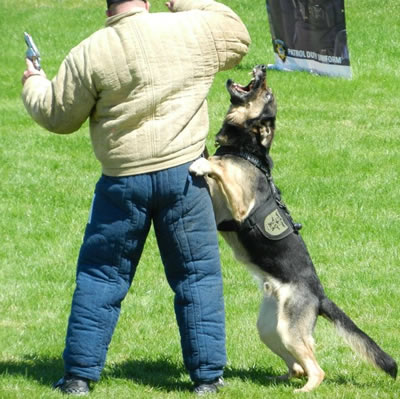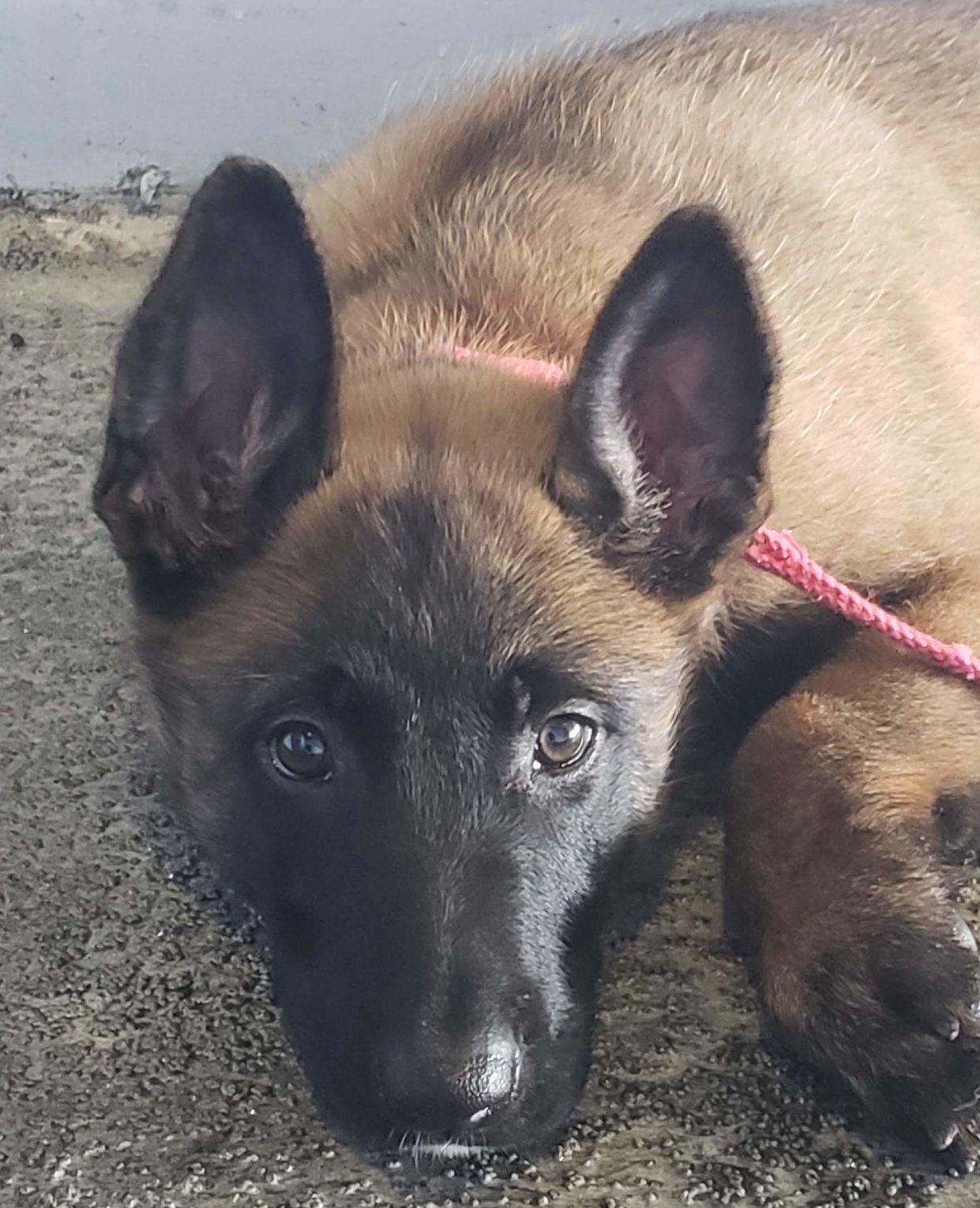
Dog Training can include drug, tracking, obedience, Search and Rescue, trick and cadaver work. Wether you are looking for training or supplies, the top instructors in the police k9 training field will tell you to research the products and services before making your decision. Most dog training and supplies can be used Law Enforcement Officers and volunteer SAR K9 handlers. Some trainers have trained bomb, mine, and drug detector dogs, other might specialize in patrol, tracking, and general police K9s, search & rescue, termite, and arson dogs training is another area.
Dog training and obedience training are two terms that are often used interchangeably, but there is a subtle difference between the two. Dog training is the broader term, and it encompasses all aspects of teaching a dog, including basic obedience, manners, and specialized tasks. Obedience training, on the other hand, is a more specific type of training that focuses on teaching dogs to follow commands.
Here is a more detailed look at the differences between dog training and obedience training:
Dog Training
Goal: To teach a dog all of the skills it needs to be a well-behaved member of the household, including basic obedience, manners, and specialized tasks. Methods: A variety of methods can be used for dog training, including positive reinforcement, negative reinforcement, and punishment. Timeframe: Dog training can take anywhere from a few weeks to several months, depending on the dog's age, breed, and individual learning style. Cost: The cost of dog training can vary depending on the trainer, the number of sessions, and the location. Obedience Training
Goal: To teach a dog to follow commands, such as sit, stay, come, and down. Methods: Obedience training typically uses positive reinforcement, such as treats or praise, to reward the dog for following commands. Timeframe: Obedience training can be completed in a few weeks or months, depending on the dog's age, breed, and individual learning style. Cost: The cost of obedience training can vary depending on the trainer, the number of sessions, and the location. If you are considering training your dog, it is important to decide what your goals are. If you want to teach your dog basic obedience skills, then obedience training is a good option. If you want to teach your dog more advanced skills, such as agility or search and rescue, then you may need to hire a professional dog trainer.
No matter what your goals are, it is important to be patient and consistent with your training. Dogs learn best through repetition, so be sure to practice commands regularly. With patience and consistency, you can train your dog to be a well-behaved member of your family.
Dog Training can involve: Drug Dogs - Bomb Dogs - Patrol Dogs Accelerant-sniffing Dogs - Arson Detection Dogs - Suspect Apprehension - Officer Protection - Narcotic Detection Dogs - Accelerant Detection - Cadaver Detection - Tracking and Trailing - Search and Rescue K-9 problem solving. Training procedures and techniques. Starting a K-9 program. Scent discrimination. What dogs make the best Police K-9s. K-9 handling techniques. Narcotics detection canines (heroine, cocaine, marijuana, other derivatives). Here is another source for Police K9 - Canine training supplies
